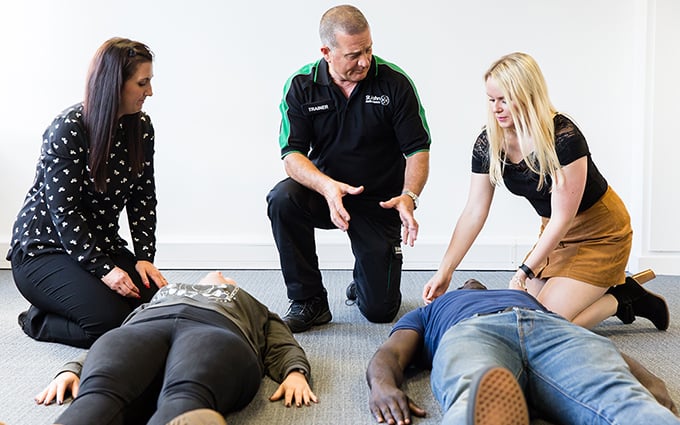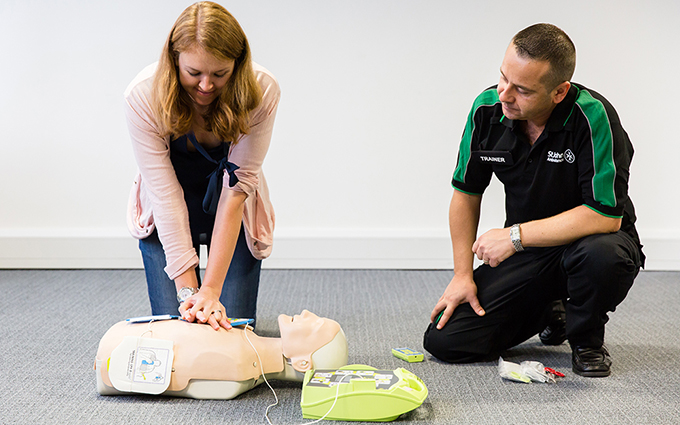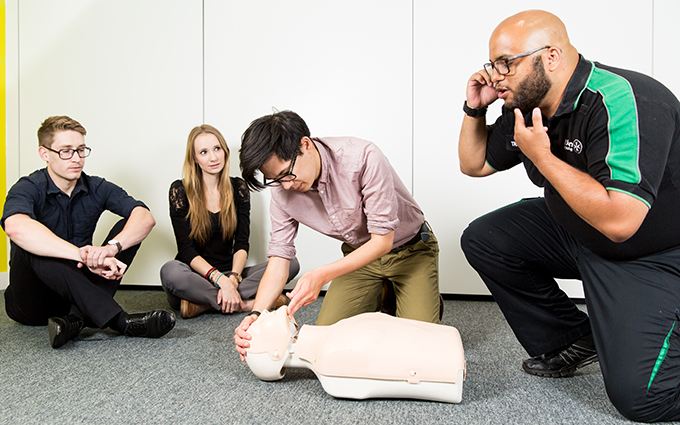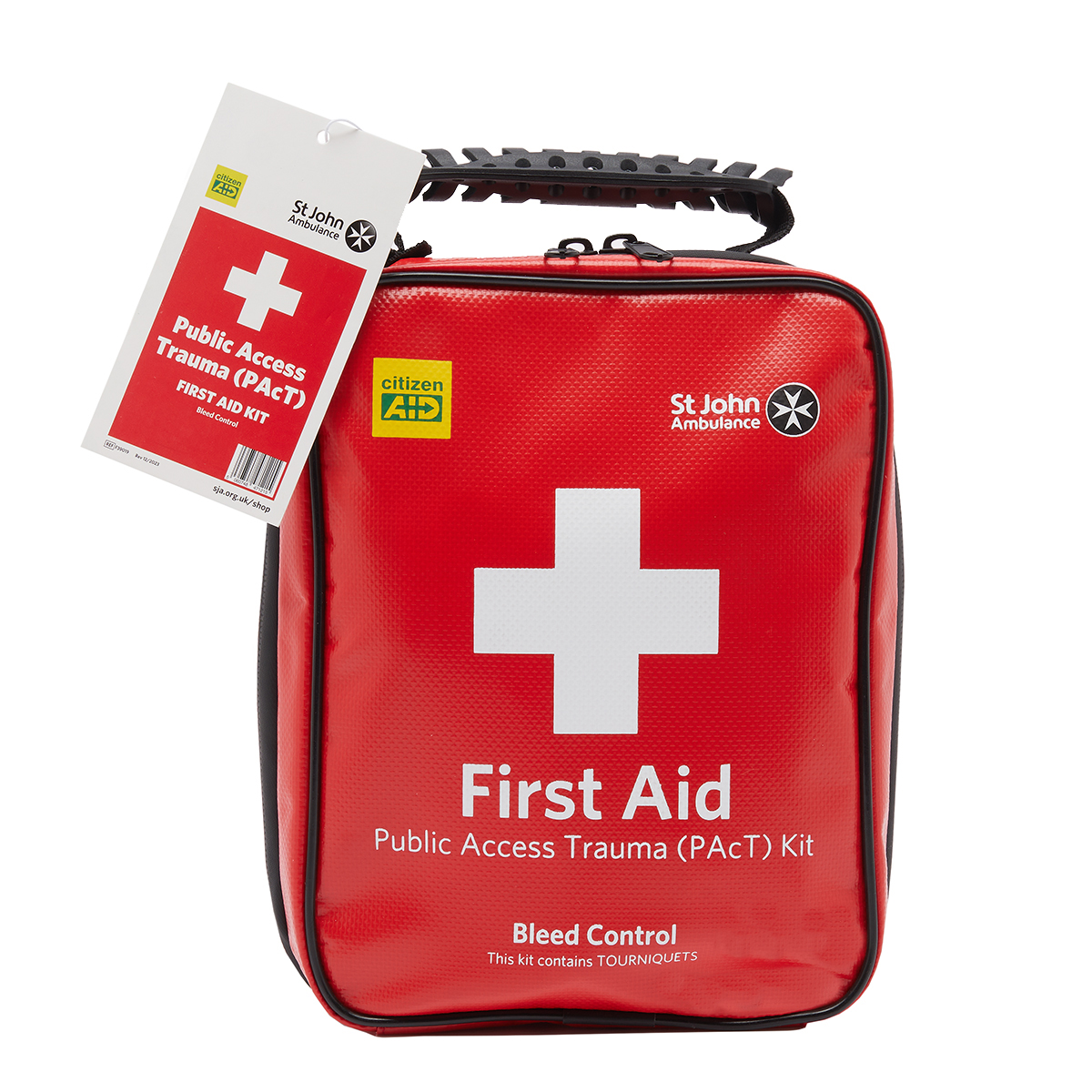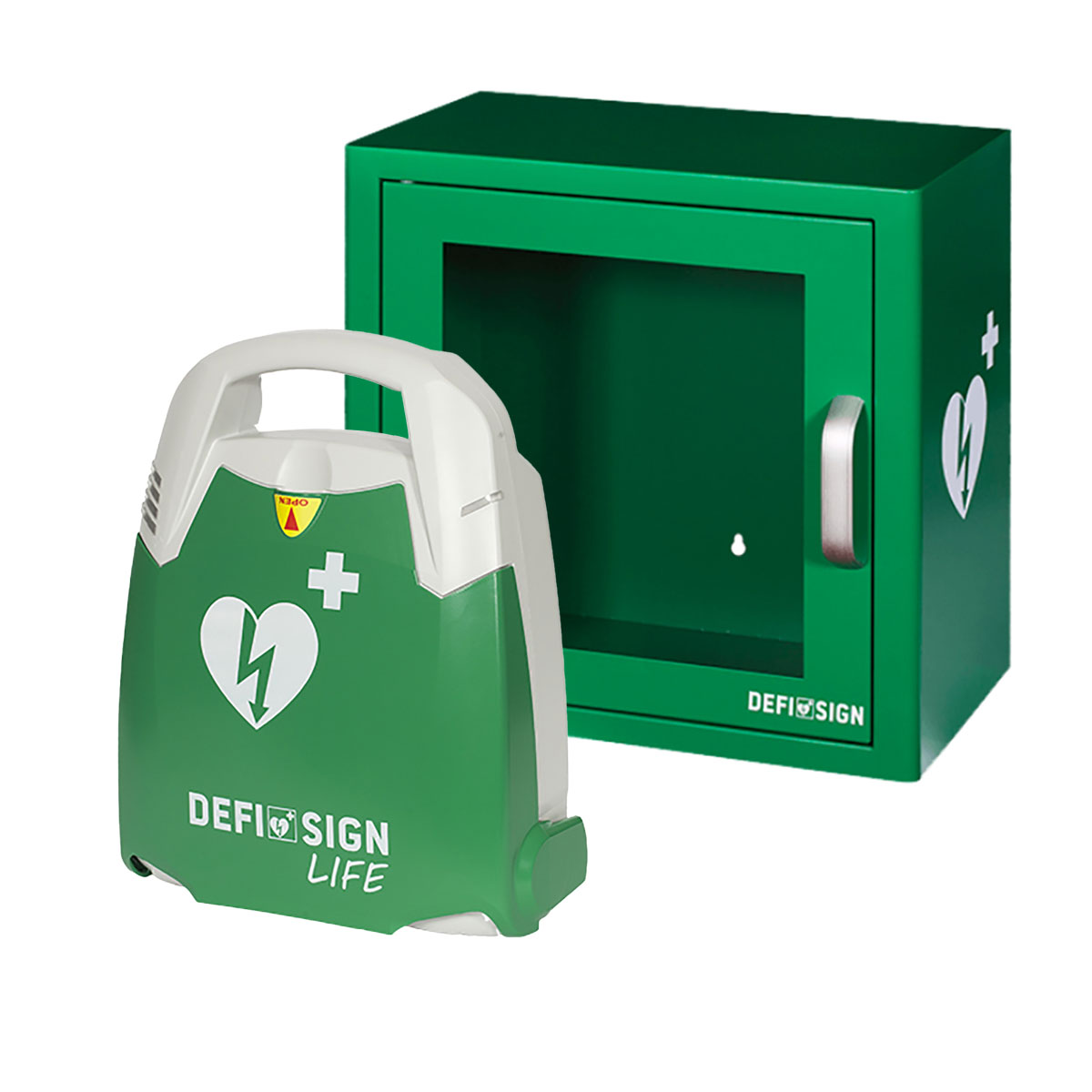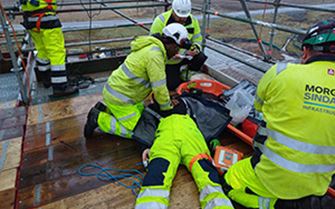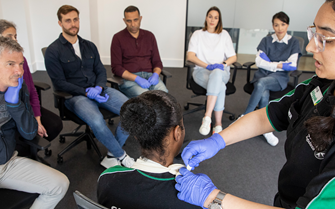Published: 2nd July 2025.
Last updated: 2nd July 2025.
Author: Dan Bevis.
Contents
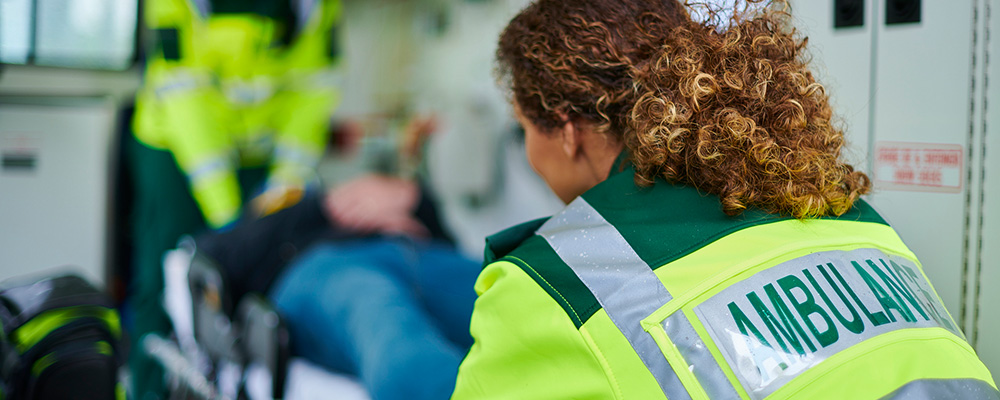
"Being ready to respond to an emergency means thinking beyond basic first aid training and equipment, says Dan Bevis, Director of Urgent and Emergency Care at St John Ambulance. Businesses must have a comprehensive response plan that is tailored to their level of risk, and also consider the lasting impact traumatic events can have on mental health and wellbeing."– Dan Bevis, Director of Urgent and Emergency Care, St John Ambulance
Last year, more than 600,000 employees in Britain suffered injuries at work.
The majority resulted from common incidents like slips, trips and falls, or handling, lifting and carrying; the type of accident where a well-trained first aider can make a significant difference.
But some stemmed from rarer and more severe incidents, like gas leaks, explosions or even terrorist attacks. These events can lead to mass casualties or catastrophic injuries, requiring a well-considered and sophisticated emergency response.
Being prepared for these complex incidents is essential. In the UK, incoming legislation like Martyn’s Law aims to strengthen the readiness of workplaces and public spaces to respond to the threat of terrorism and other major incidents. It’s also important to recognise that major emergencies aren’t always linked to terrorism and the principle of preparedness applies broadly to many situations.
What’s changing is that Martyn’s Law places greater responsibility on businesses to ensure their staff are properly trained and that clear emergency response plans are in place. Passed in April 2025, it comes with a 24-month lead-in to give organisations time to understand their responsibilities and get prepared.
These changes also have broader implications for an employer’s duty of care, which extend beyond the immediate incident. Mental health first aid and post-incident support are vital to help employees manage stress, anxiety and trauma following any emergency.
Assessing your current emergency readiness
At St John Ambulance, a leading provider of first aid training and equipment, we frequently encounter gaps in workplace emergency planning. One is a lack of investment and commitment – in terms of both time and finances. This results in organisations relying solely on mandatory first aid training.
More comprehensive courses that employ a hands-on approach are designed to equip those most likely to be first on the scene with the skills needed to save lives. Robust emergency plans need to go beyond common injuries and include tailored first aid training programmes like First Response Emergency Care Level 3 (FREC3) and First Responder on Scene (FROS).
Another gap we frequently identify relates to hybrid working. Organisations sometimes overlook how reduced numbers of trained personnel on site at any given time can affect emergency response. In today’s flexible working environment, clearly defined procedures and communication strategies are crucial to ensure there are always enough trained individuals present who know what to do in an emergency.
Organisations need to assess risks specific to their workplace environment and prepare accordingly. They should also be mindful that some risks, particularly the ones addressed under Martyn’s Law, may come from external sources.
Beyond basic first aid training
While first aid training is a legal requirement for all businesses, it’s important to recognise that no one-size-fits-all approach exists. Organisations operating in high-risk sectors require more specialised preparedness, in line with their increased level of risk.
Martyn’s Law places a new responsibility on organisations, including sports venues, hotels, schools, universities and public event organisers, and is a significant shift in how the UK approaches public safety and emergency planning.
St John Ambulance First Aid at Work and Emergency First Aid at Work courses provide comprehensive training for common workplace emergencies, covering essential skills such as CPR, wound care and the use of an AED.
For organisations that require a more advanced level of training, our First Response Emergency Care Level 3 (FREC3) and First Responder on Scene (FROS) courses offer a higher tier of preparedness. These cover critical areas including the administration of emergency oxygen, the use of a tourniquet and the management of major trauma or serious illness. They are designed specifically for individuals most likely to be first on the scene or those expected to manage a major incident until emergency services arrive.
Be ready, every time
A well-trained first responder team with clear protocols and proper equipment can significantly reduce the severity of injuries, prevent escalation of emergencies and potentially save lives.
Emergency preparedness isn't a box to check, it's an ongoing process that requires regular review and updates. By investing in proper training and equipment, organisations can build teams that respond effectively to both common injuries and rare, serious emergencies. This approach helps meet regulatory requirements like Martyn's Law, as well as creating a workplace culture where safety becomes second nature.
When emergencies happen, and they will, preparedness makes all the difference.


